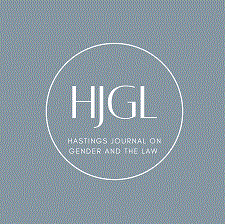
Abstract
The Crime Victim’s Rights Act has given victims “the right to participate in the system.” However, crime victims remain marginalized as their involvement in plea agreements is yet under enforced. This article reveals the largely unnoticed gap between the victim’s rights and the disadvantaged reality they experience in plea agreements. Further, the paper identifies the legal causes that led to this gap; namely, the broad discretion and dominance of the prosecution on the one hand, and the victim’s lack of enforcement mechanisms to participate on the other. The article provides a solution whose novelty is twofold. First, the solution advocated by this article embodies the nudge theory; a theory, explained in this article, which is unfortunately yet to be adequately utilized in the context of criminal law. Second, the article demonstrates a choice architecture mechanism that leaves the prosecutor’s discretion intact; while at the same time nudges the participation of the crime victims. The rightreality gap identified in this article threatens to leave crime victims unheard. This article analyzes the importance of victims’ voice in plea bargains, identifies the causes of this entrenched gap, and provides a unique and practical solution to the problem.
Recommended Citation
Dana Pugach and Michal Tamir,
Nudging the Criminal Justice System into Listening to Crime Victims in Plea Agreements,
28 Hastings Women's L.J. 45
(2017).
Available at: https://repository.uclawsf.edu/hwlj/vol28/iss1/4

